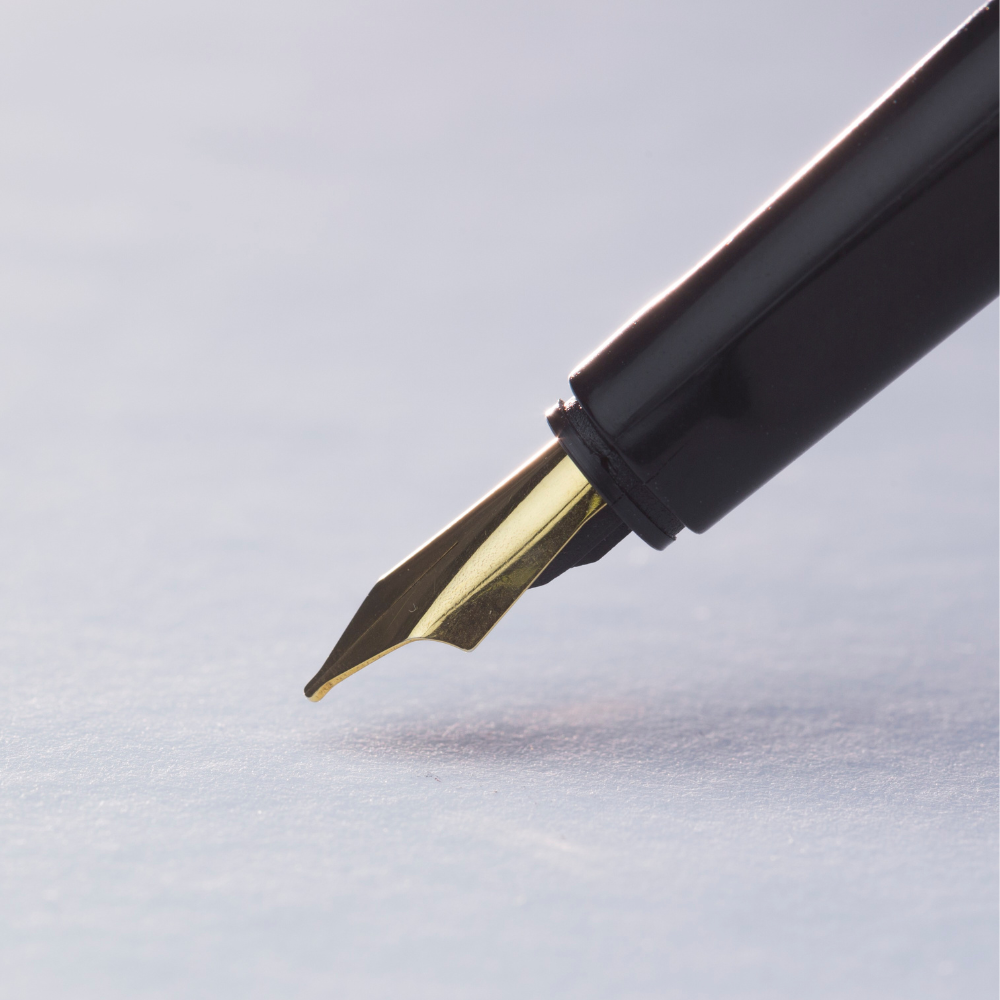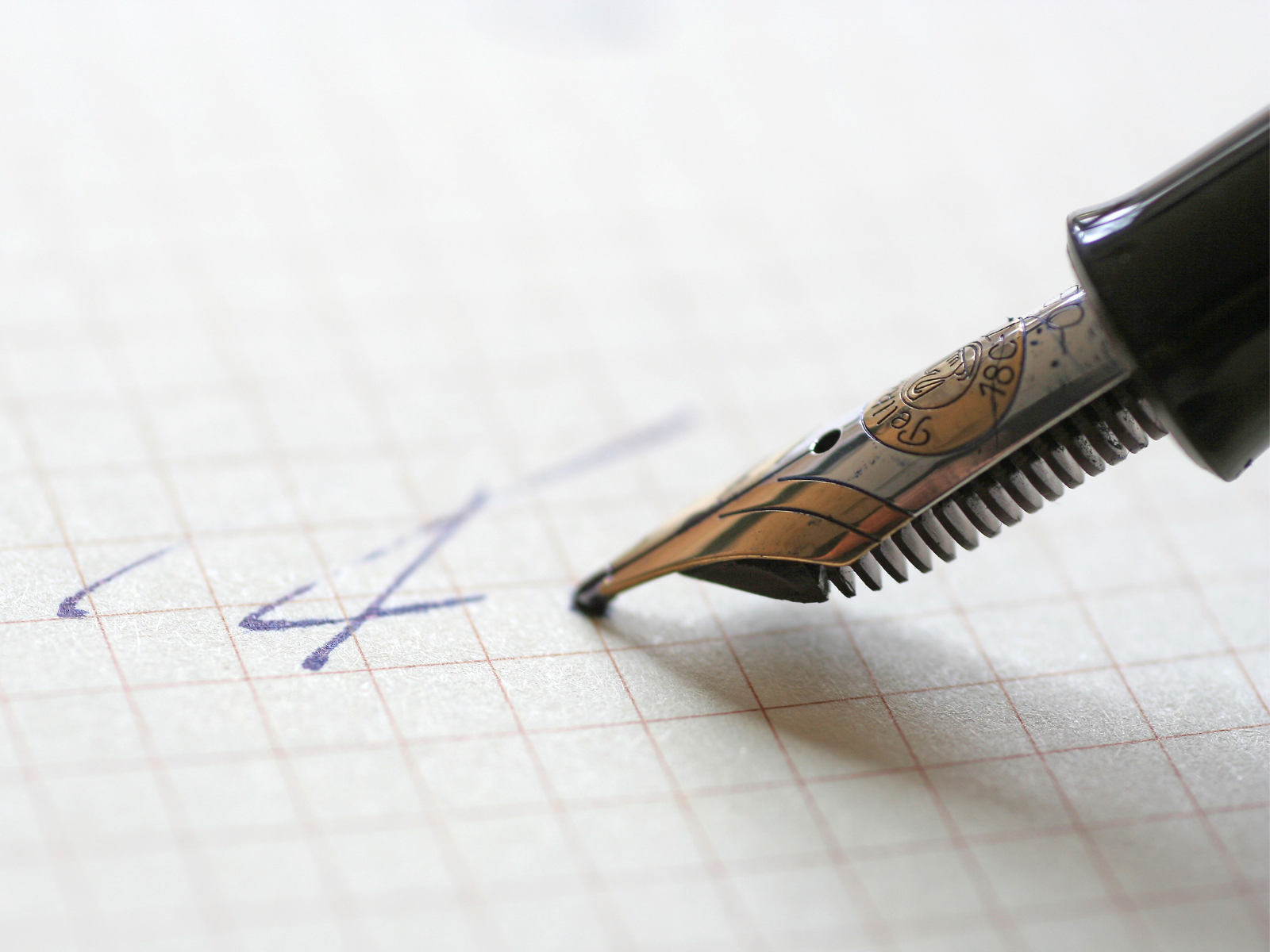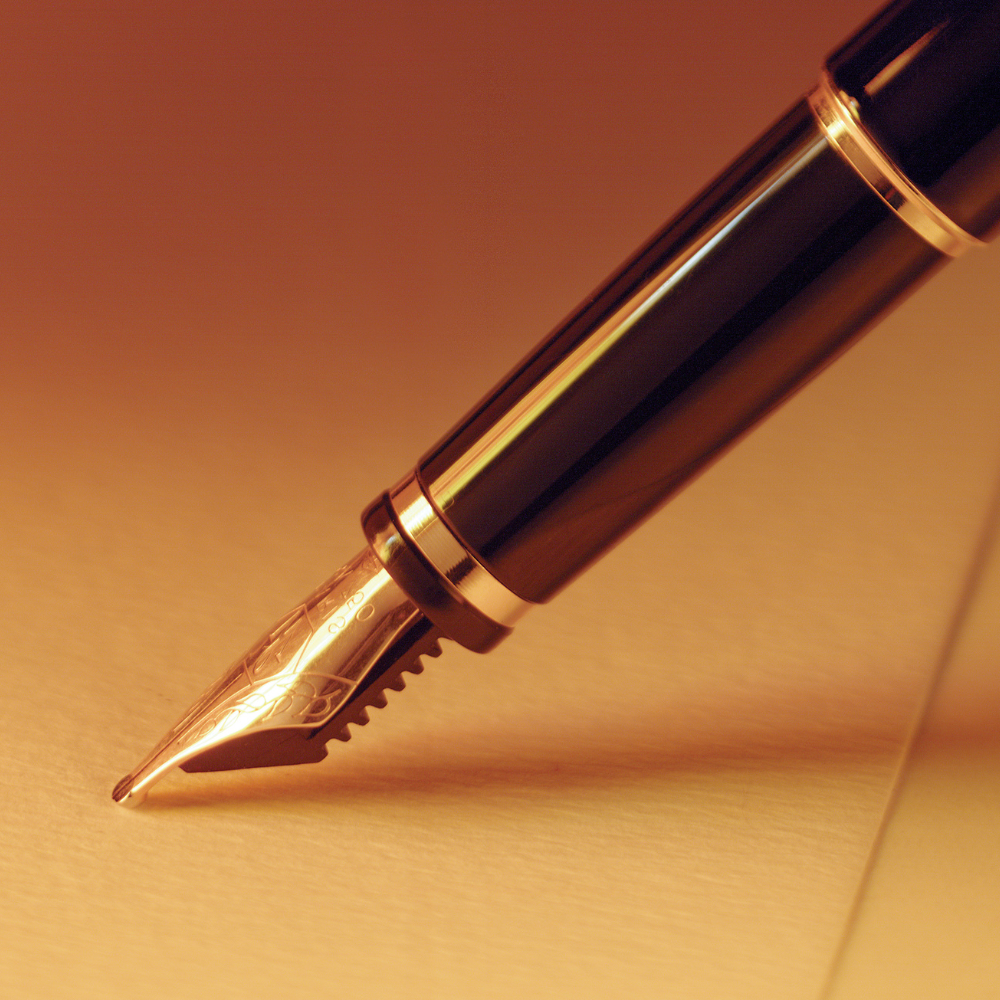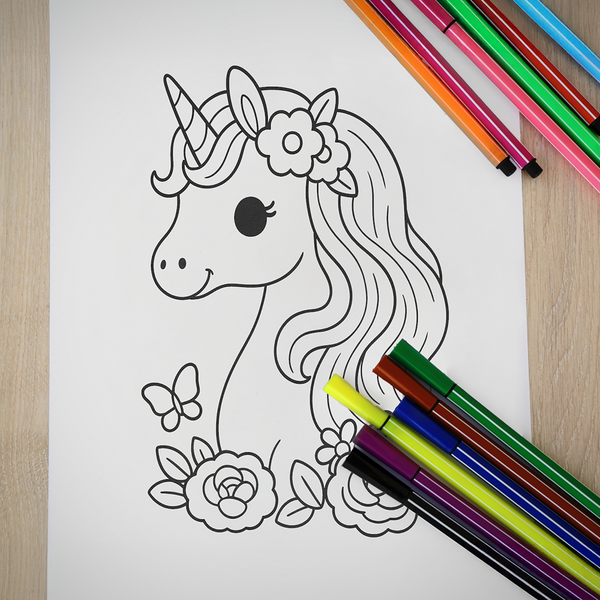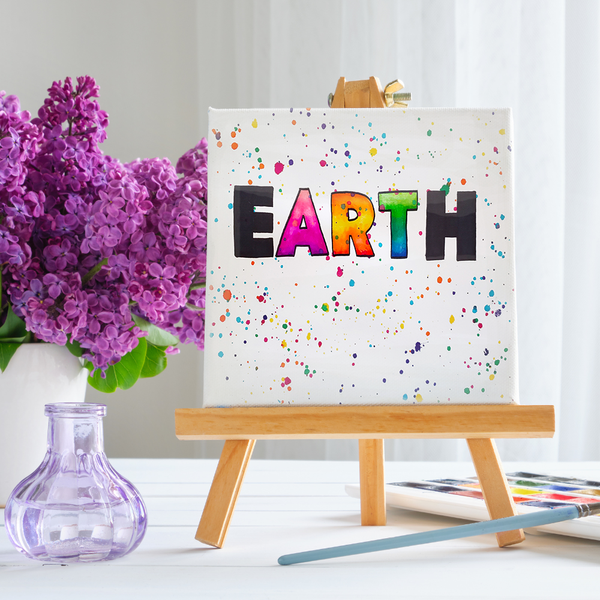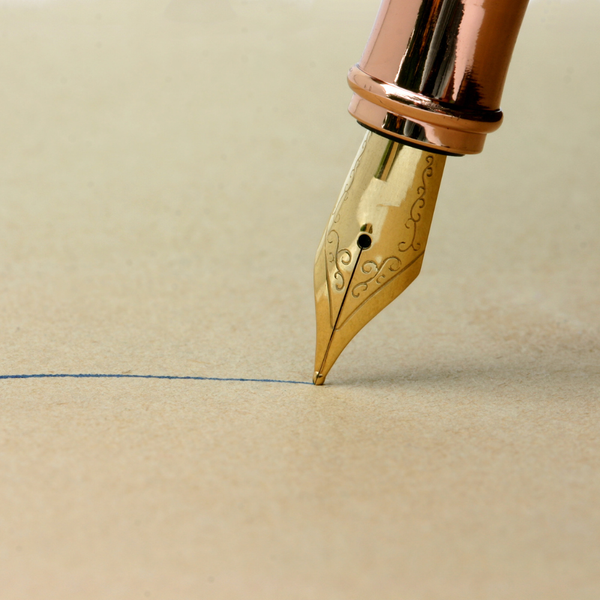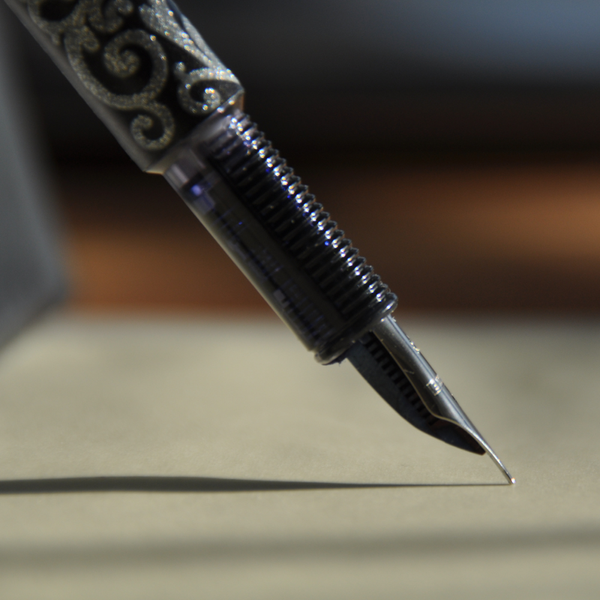Fountain pens, revered for their elegance and personalized writing flair, vary significantly in their performance and feel.
They aren't just writing instruments; they're a gateway to a world of elegance and personalized expression.
The quest for the smoothest writing fountain pen is a common yet complex journey.
For both seasoned aficionados and newcomers, finding a fountain pen that glides effortlessly across the page is a journey filled with both excitement and complexity.
This article delves into the nuances that define a fountain pen's smoothness, providing you with the essential knowledge to choose the perfect pen that feels right in your hand and enhances your writing experience.
Let's explore various aspects that contribute to a fountain pen's smoothness and find insight into how to select a pen that best suits your writing needs and preferences.
Key Takeaways:
- The smoothest writing fountain pen combines a high-quality nib, optimal ink flow, and a comfortable pen body.
- Factors like nib material, size, and the pen’s filling mechanism play crucial roles in the writing smoothness.
- Personal preference and writing style significantly influence what one may consider the smoothest fountain pen.

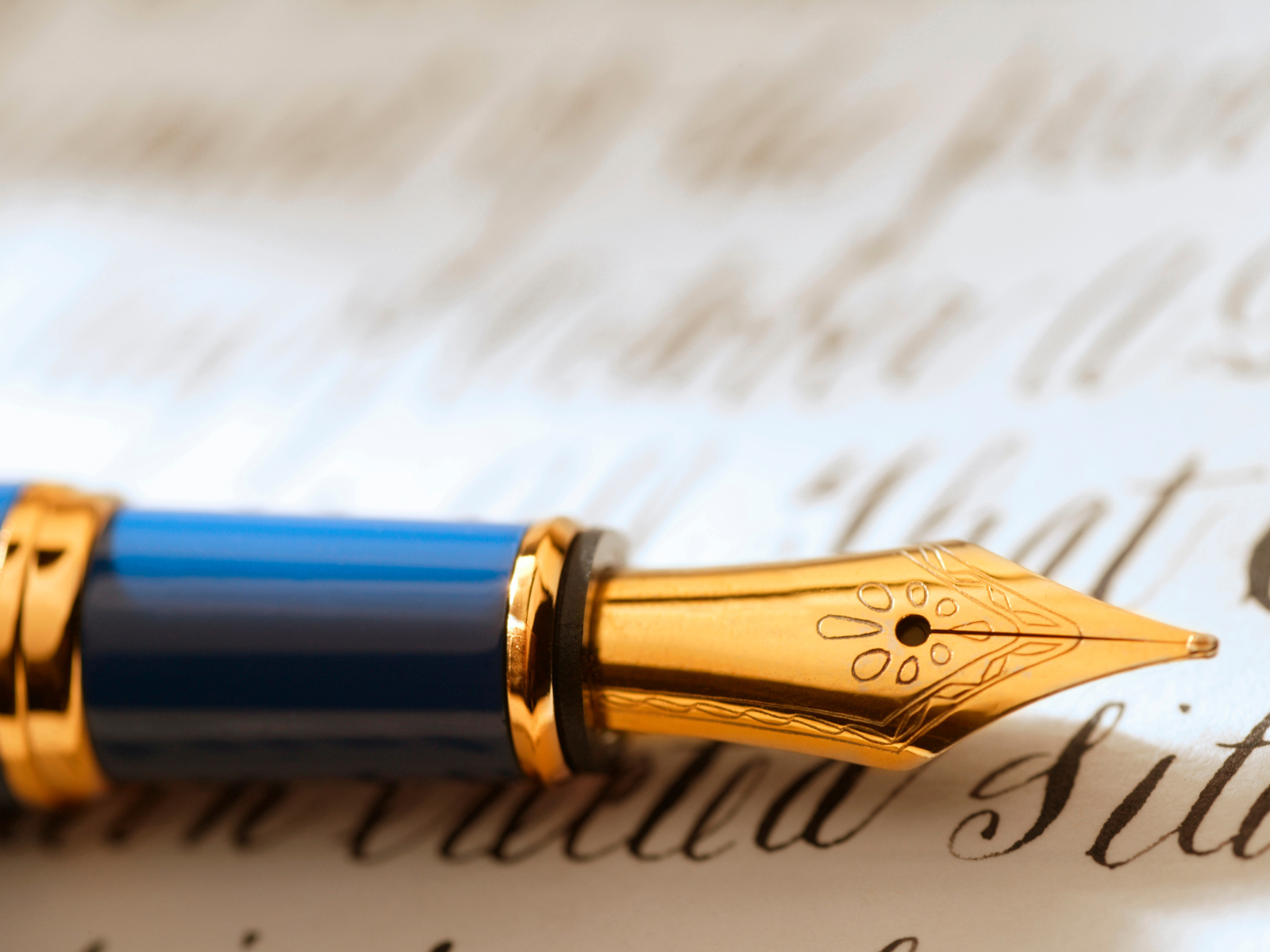

Anatomy of a Fountain Pen
Understanding the components of a fountain pen is essential to grasp how they contribute to overall smoothness.
The nib, the metal tip of the fountain pen, is crucial.
Available in materials like gold, which is often favored for its softness and flexibility, and steel, known for its durability and firmer writing experience, the choice of nib material affects the smoothness.
Gold nibs are typically associated with a glassy smooth nib experience due to their ability to adapt quickly to writing pressure and style.
The ink flow system also plays a pivotal role.
A well-tuned feed maintains a consistent flow of ink to the nib, preventing skips and scratches that can mar the writing experience.
Pens with a generous ink flow tend to glide more smoothly across the paper, enhancing the feel of the nib.
Nib Types and Their Impact
The design and cut of the nib influence how it interacts with paper.
A fine nib might offer precision but can feel scratchy, especially on lower-quality paper.
In contrast, a broad nib lays down more ink, which can make for smoother writing.
The medium nib strikes a balance between these two, often making it a popular choice for those who prioritize smoothness without sacrificing fine detail.
Nib options such as fountain pen nib sizes and shapes (like italic or oblique) also affect the writing feel.
Some writers prefer a wet flow nib that releases more ink, as it can produce a smoother feel on paper.
Role of Ink and Paper
The choice of ink and paper can dramatically affect a pen’s performance.
High-quality inks with proper viscosity can improve a pen’s smoothness by providing a consistent flow and reducing friction.
Similarly, smoother, higher-quality paper can enhance the glide of the pen, making the writing experience more pleasant.
Ergonomics and Pen Design
The pen body design impacts how comfortably a pen sits in the hand, which in turn affects control and smoothness during writing.
Pens like the Lamy Safari and Pilot Vanishing Point are noted for their ergonomic grips that facilitate a natural writing posture, reducing hand strain during long writing sessions.
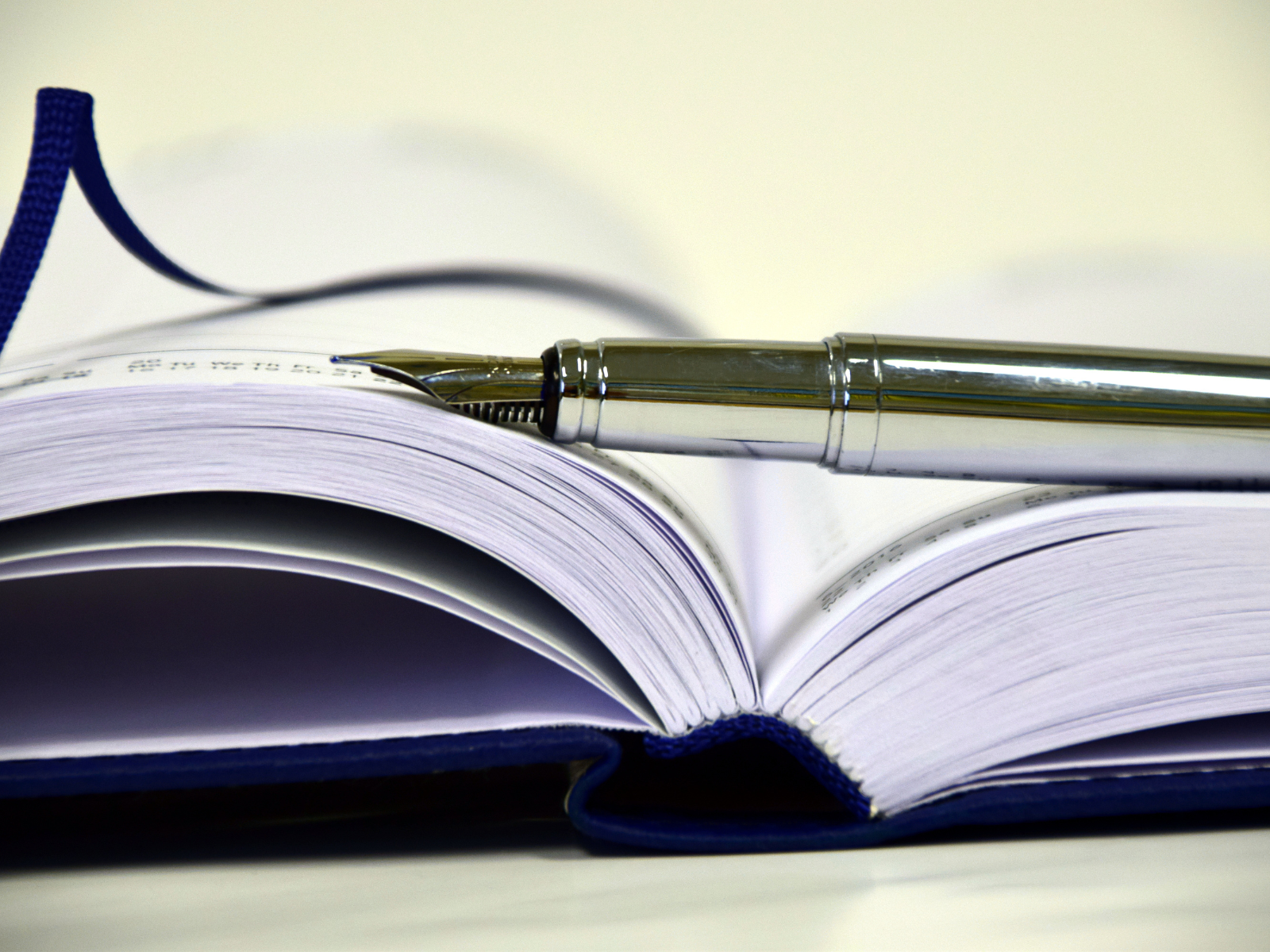
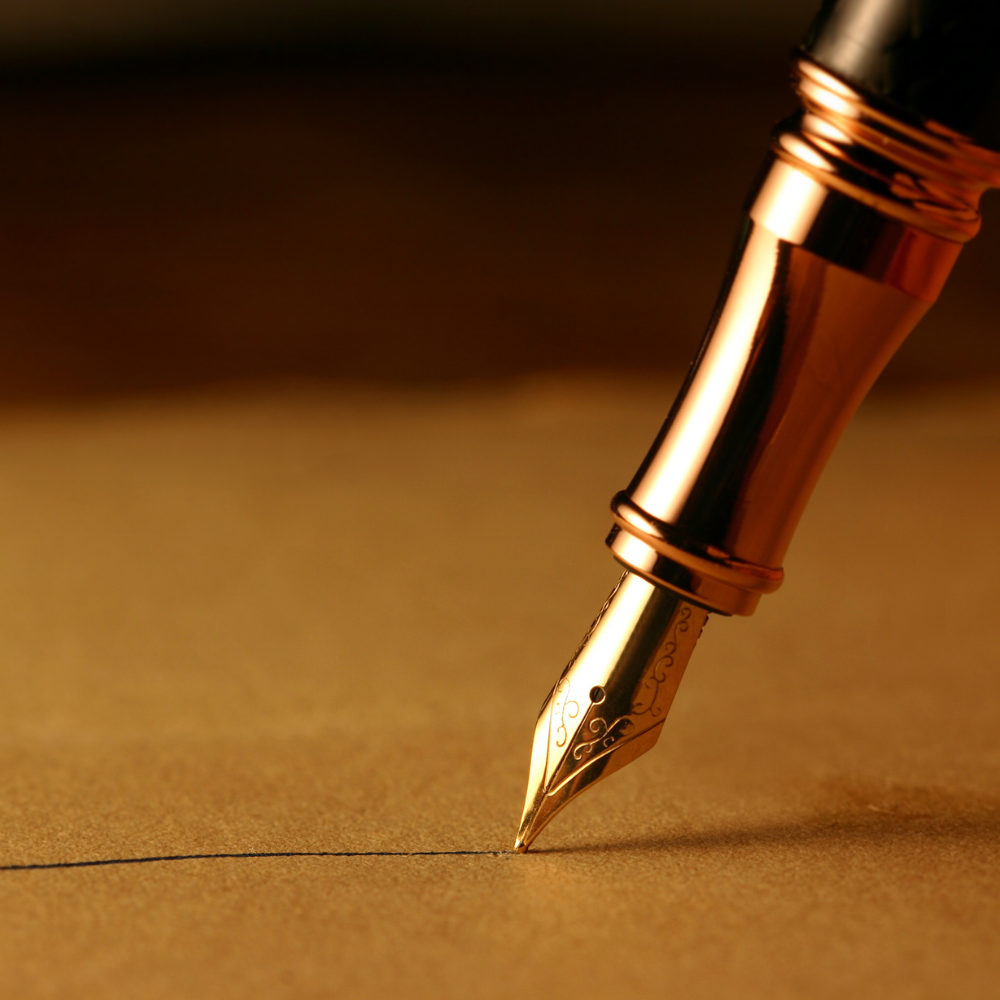

Evolution of Filling Mechanisms
Fountain pens have come a long way from the early eyedropper models to today's sophisticated filling systems.
The piston filler, popularized by brands like Pelikan, allows for a seamless and substantial ink intake, making it a favorite among those who write frequently.
This mechanism involves a movable piston within the barrel of the pen, which, when twisted, creates a vacuum to suck ink into the reservoir.
This design not only facilitates a larger ink capacity but also offers a satisfying ritualistic aspect to the filling process, enhancing the overall writing experience.
Conversely, cartridge/converter systems offer versatility and convenience, particularly appealing to those new to the fountain pen world or those who value quick maintenance.
Brands like Platinum Preppy and TWSBI Eco have mastered this system, providing affordable and reliable options.
Cartridges are perfect for writers who prioritize ease of use and mess-free refills, whereas converters, which allow pens to use bottled ink, cater to those who prefer a wider range of ink colors and properties.
Both systems have their merits, making the choice largely dependent on personal preference and writing habits.
Allure of Limited Editions in Fountain Pens
When discussing the best fountain pens, the charm of limited editions cannot be overstated.
These pens often feature unique designs, exotic materials, and sometimes, gold nibs that promise an unparalleled writing experience.
Collectors and enthusiasts are drawn to these limited editions not just for their aesthetic appeal but for their potential to become valuable over time.
Brands like Montblanc and Pelikan release these gems occasionally, sparking excitement and anticipation among the pen community.
Moreover, limited editions often introduce innovations in nib design and ink flow technology, making them not just collectibles but also superb writing instruments.
For instance, a limited edition may feature a smoothest nib crafted specifically for that model, enhancing both the functionality and exclusivity of the pen.
These editions are usually produced in small quantities, adding to their allure and making each piece a treasure worth cherishing in one's collection.
Influence of Grip Section on Writing Comfort
The grip section, often overlooked, plays a pivotal role in the overall comfort and effectiveness of a fountain pen.
For many enthusiasts, the design of the grip section can make or break their experience with a writing instrument.
A well-designed grip not only prevents fatigue during long writing sessions but also enhances control and precision.
Brands like Faber-Castell are renowned for their ergonomic grip designs, particularly in models like the Faber-Castell Loom, which features a contoured grip that fits naturally in the hand, promoting a more comfortable writing experience.
Moreover, the material of the grip section also contributes significantly to the pen's feel.
Materials range from resin and metal to rubber, each offering different tactile experiences and weights.
A rubber grip, for instance, offers a softer touch and a firer grasp, ideal for those who apply more pressure when writing.
This attention to detail in the grip section underscores its importance in crafting a pen that isn't just a tool but a part of the personal writing journey, turning routine into a pleasure.
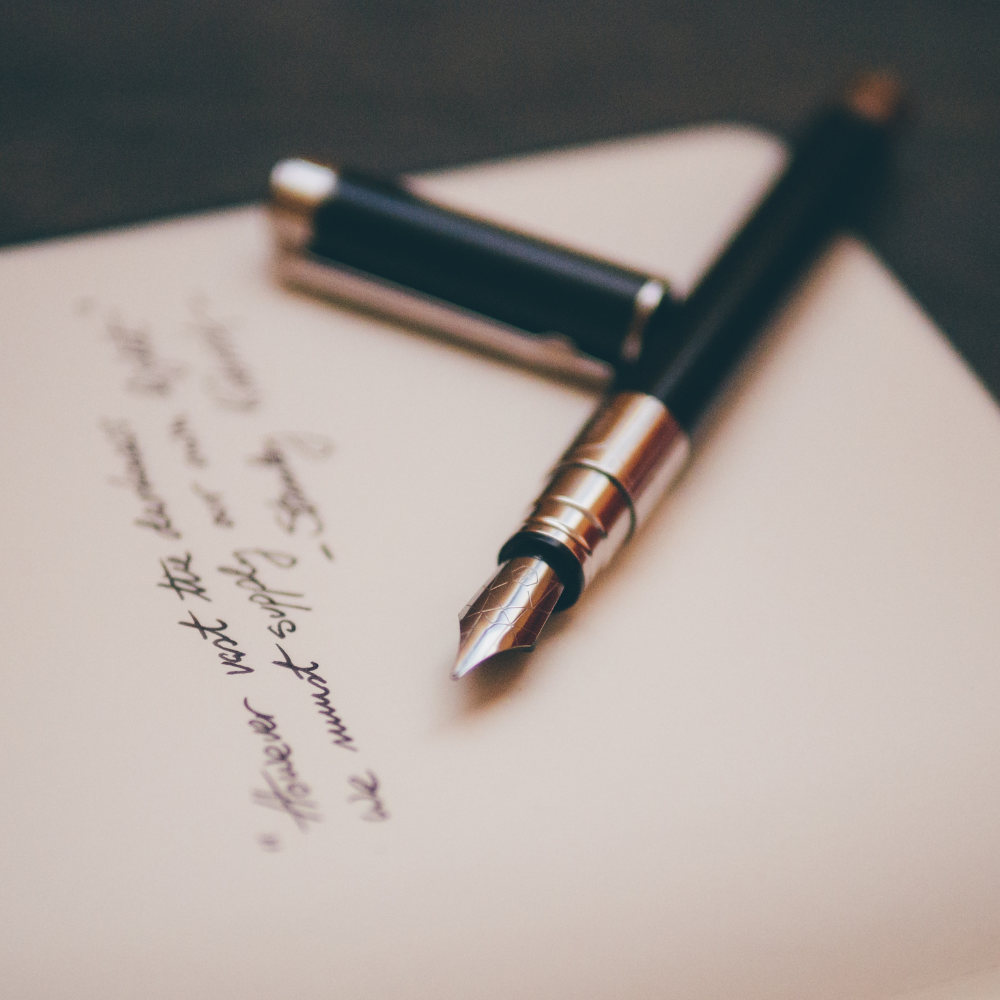

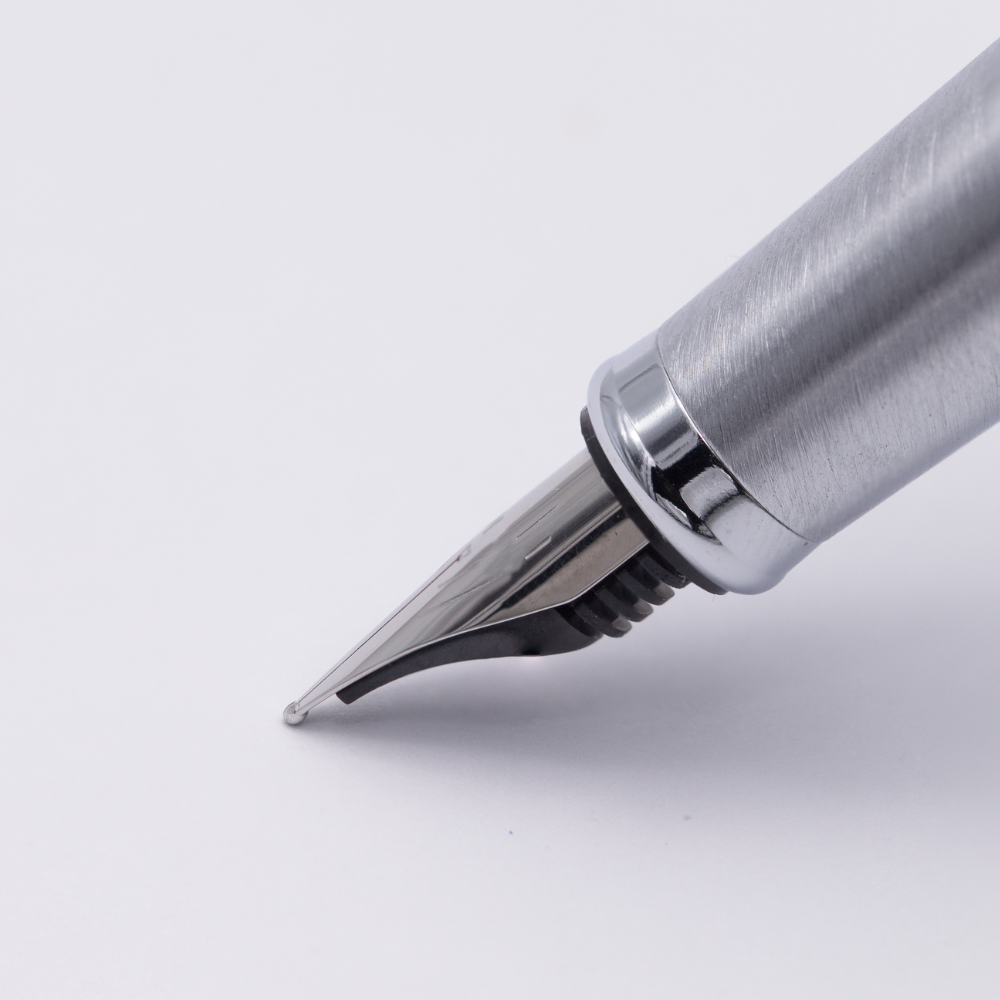
Significance of Brand Reputation
When choosing the best fountain pen, the brand's reputation plays a pivotal role.
Renowned brands like Faber-Castell not only promise quality but also bring a heritage of craftsmanship to the table.
A brand’s history in fine pen making often assures the buyer of the reliability and performance of their products.
For instance, the Faber-Castell Loom is celebrated for its sleek design and exceptional writing smoothness, making it a favorite pen among both novices and connoisseurs.
Moreover, established brands continuously innovate to maintain their market position.
This innovation is evident in how they refine nib designs, improve ink flow, and enhance the overall ergonomics of the pen.
When a person invests in a pen from a reputable brand, they are often buying into a legacy of tested quality and aesthetic prestige.
This makes the selection process less about finding just one pen that writes well and more about discovering a writing instrument that resonates with personal and professional values.
Pen Collecting Enhances Writing Experience
Collecting fountain pens is not just a hobby; it's a journey into the artistry and mechanics of writing instruments.
Each pen in a collector's arsenal represents a chapter of history and innovation.
For example, the Faber-Castell Loom might be prized for its modern approach to traditional writing, making it a great pen to showcase in one’s collection.
Collectors often experience the joy of writing with different nibs and inks, which can profoundly affect writing dynamics and satisfaction.
This collecting passion also encourages individuals to delve deeper into the nuances of pen mechanics, such as the influence of nib materials on ink flow and paper interaction.
By understanding these details, collectors can better appreciate their pens and make more informed choices about future additions to their collections.
Each pen, be it a daily driver or a showpiece, holds a story and a potential for personal connection, turning the act of writing into a more enriching experience.
Gold Nibs: Heart of Fountain Pen Smoothness
Gold nibs are often celebrated as the pinnacle of fountain pen components, primarily due to their exceptional smoothness and adaptability to individual writing styles.
Unlike stiffer materials, a gold nib, such as an F nib, can provide a slight flex, offering a unique feedback that is both smooth and responsive.
This flexibility allows for a range of line widths and a more expressive writing style, which is why many consider gold nibs the best choice for those seeking the smoothest pen experience.
The allure of gold nibs extends beyond their functional benefits; there is an element of luxury and tradition associated with them.
Brands like Montblanc and Pilot often highlight their gold nibs as key features of their high-end models.
These nibs are not only about performance but also about owning a piece of artistry that honors the heritage of fine penmanship.
For many, choosing a fountain pen with a gold nib is about investing in a legacy of quality and enjoying the golden standard of happy writing.

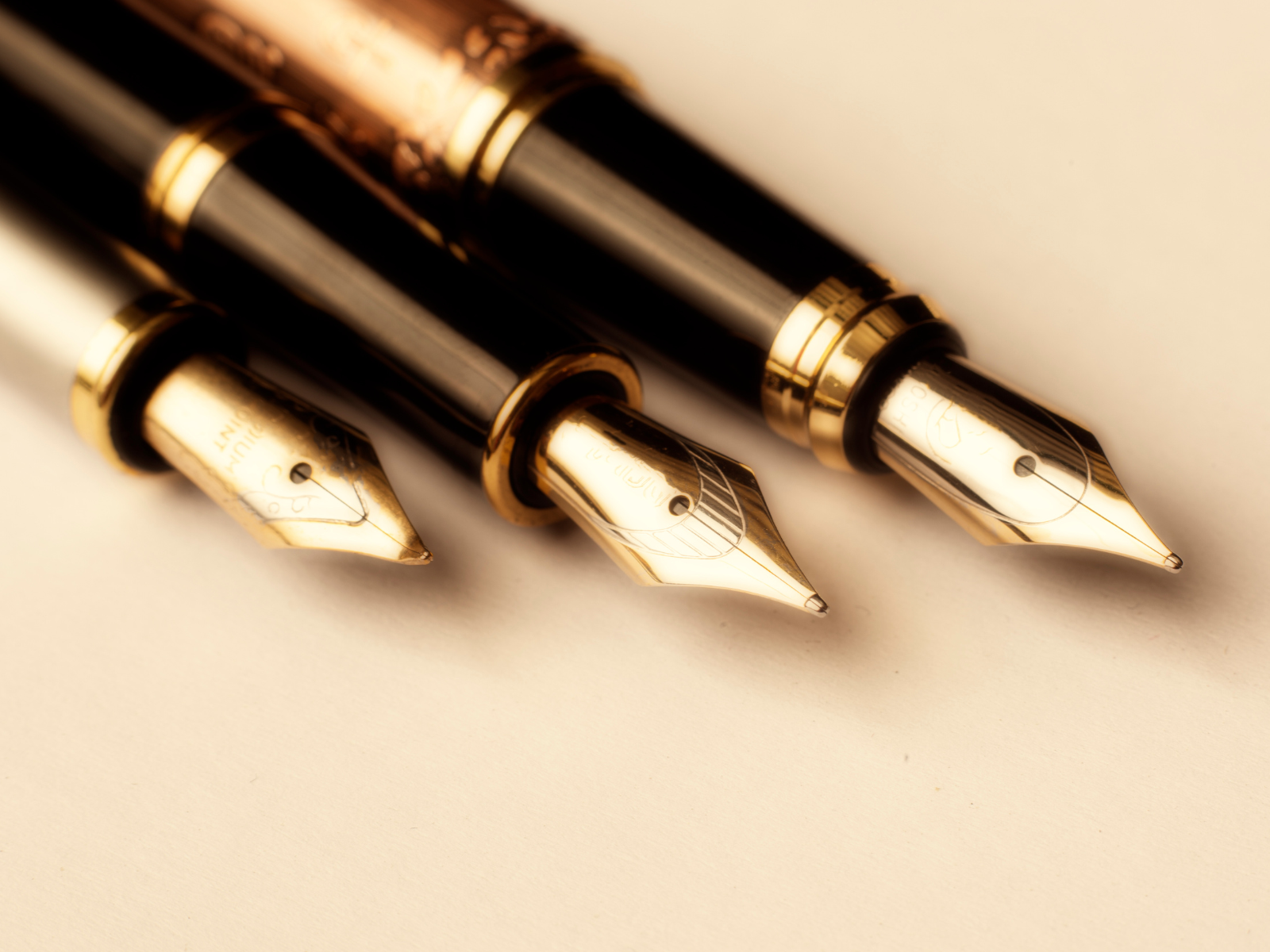
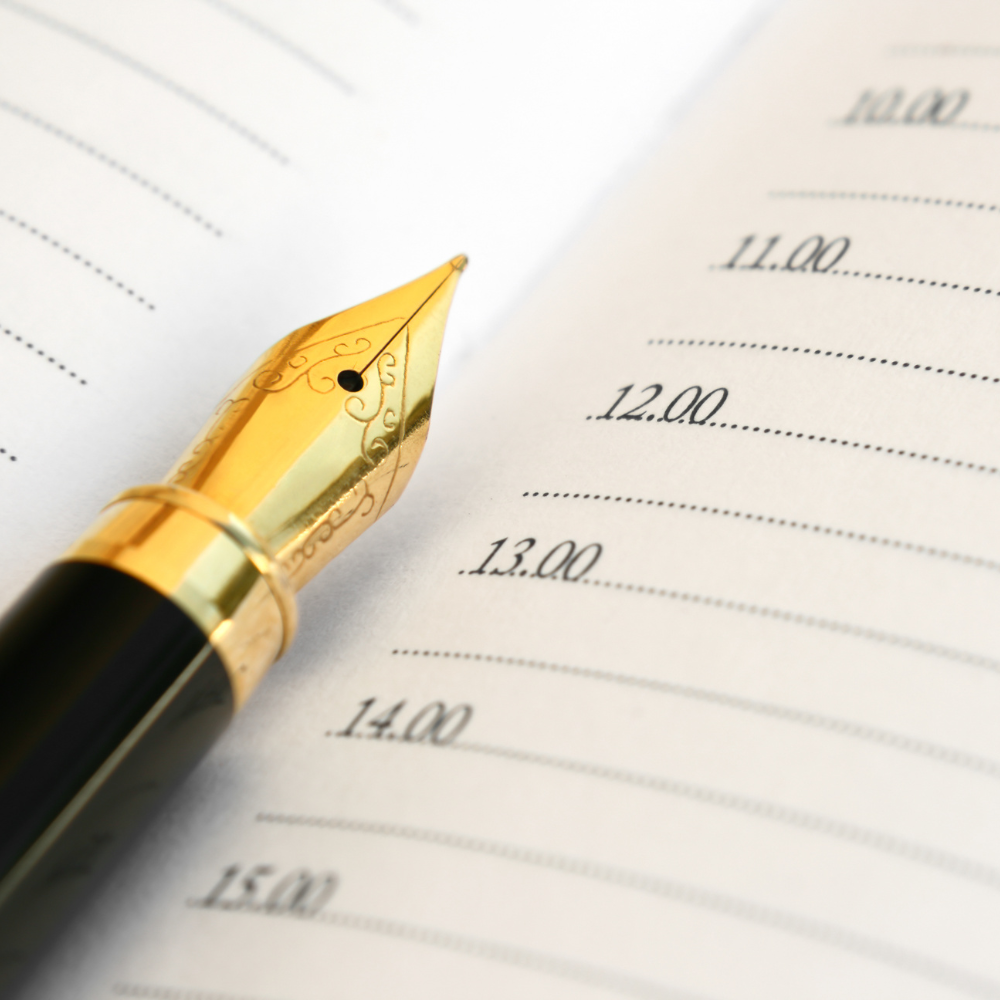
Comparing Fountain Pens with Other Pens
In the pantheon of writing instruments, fountain pens are often celebrated for their smooth writing and ergonomic designs.
However, comparing them with rollerball and ballpoint pens can offer insights into why different pens suit different writing needs.
Rollerball pens, for instance, provide a writing experience somewhat akin to fountain pens but with less maintenance and a more consistent ink flow, making them a favorite for those who value convenience alongside smoothness.
Ballpoint pens, on the other hand, are the workhorses of the pen world.
Known for their reliability and long-lasting ink cartridges, they are ideal for extensive writing tasks that require durability over a smooth glide.
While they might not offer the same level of writing pleasure as the best fountain pens or the smoothest nibs of rollerballs, their practicality makes them indispensable in office settings and rigorous writing sessions.
Each type of pen holds its merit, catering to diverse writing styles and preferences.
Nib Customization and Influence
The heart of any fountain pen is its nib, and the variety available today is a testament to the personalized nature of handwriting.
Nibs range from extra fine to broad, crafted from materials including steel and gold, with each offering distinct advantages.
For instance, gold nibs, often found in high-end models like Waterman pens, are prized for their durability and exceptional smoothness.
They adapt to writing pressures and styles, providing a luxurious glide across the paper that many pens strive to emulate.
On the other hand, cheaper nib options such as those in the Faber-Castell Loom or the Platinum Plaisir provide an accessible entry point into the world of fountain pens without compromising on quality.
These nibs are perfect for daily use, offering reliability and a surprisingly smooth experience.
The ability to swap nibs in many pens also allows writers to explore different nib sizes and styles, making each pen not just a tool but a companion in the journey of expression and creativity.
Popular Models Known for Smoothness
Certain models are renowned within the fountain pen network for their exceptional smoothness.
The Pilot Custom series, known for its precise nibs and excellent ink flow, often tops the list.
Similarly, the Waterman Carene is celebrated for its sleek design and exceptionally smooth nib.
Personal Preference and Writing Style
Ultimately, the choice of the smoothest writing fountain pen is subjective, influenced by personal preference and writing style.
What feels velvety smooth to one person might not satisfy another. It’s important to consider how the pen feels in your hand and how it complements your writing pressure and speed.
Testing and Buying Options
Before purchasing, testing different pens through samples or at stores can help pinpoint what feels best for you.
Online forums like the fountain pen network can also offer valuable feedback and reviews from other users.
Maintenance for Optimum Performance
Regular maintenance is key to keeping a fountain pen in top writing condition.
Cleaning the nib and feed system regularly ensures that ink flows freely and the pen performs at its best, maintaining its smoothness.
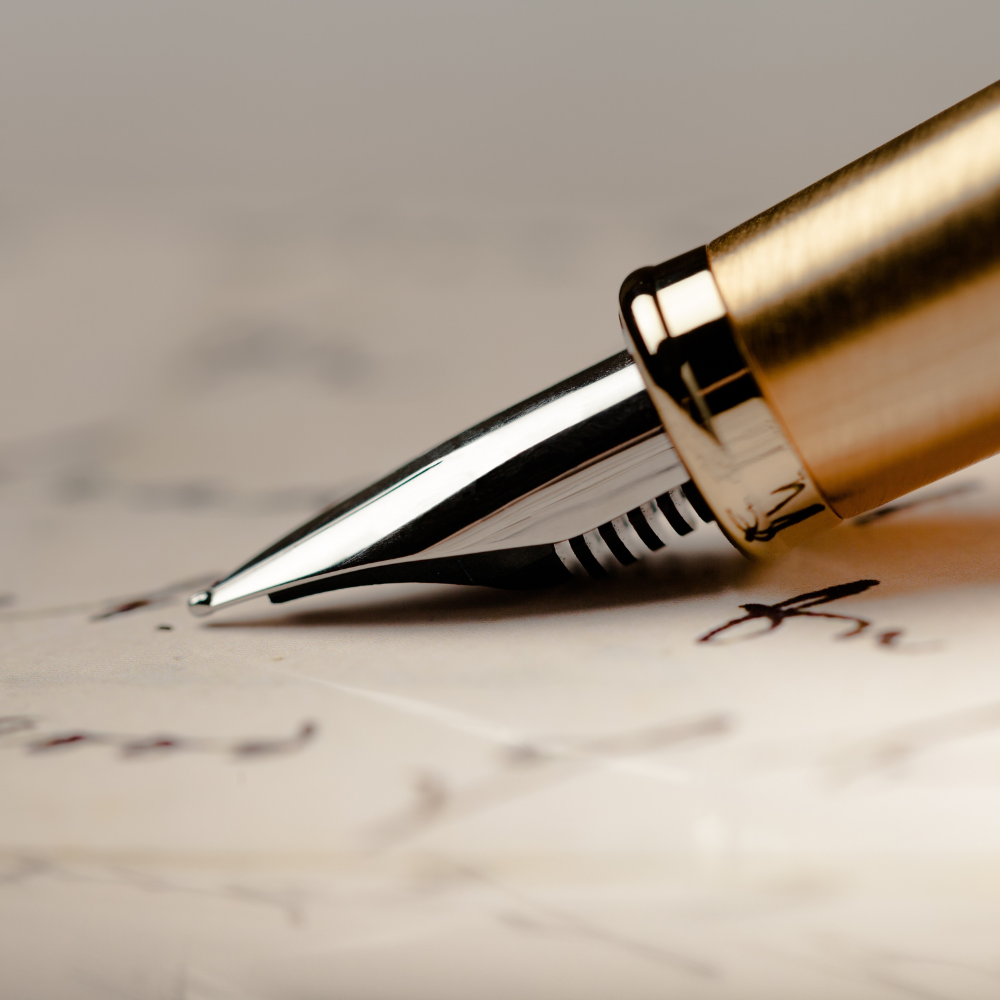
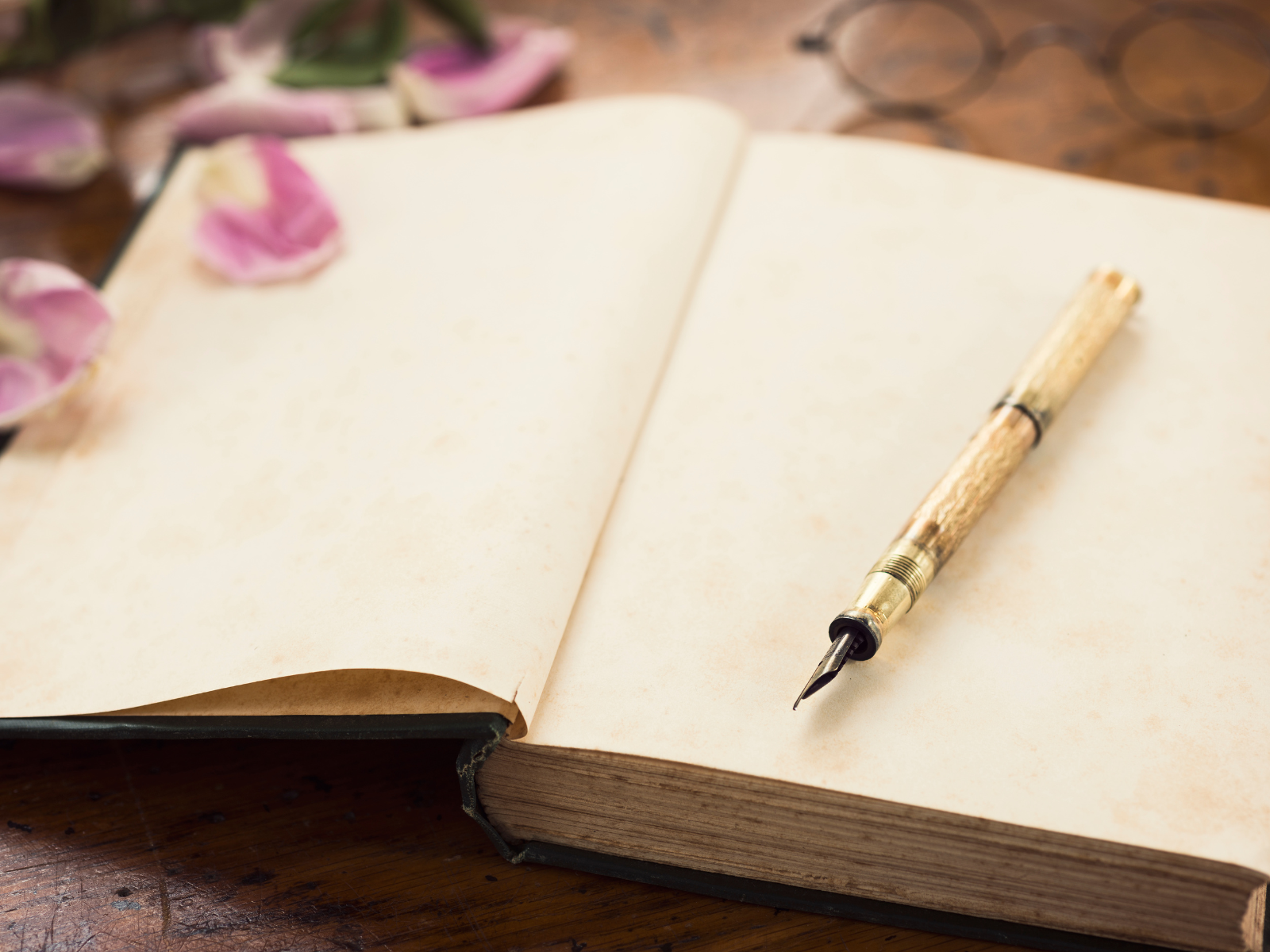

Signature Style with the Perfect Fountain Pen
In conclusion, the quest for the smoothest writing fountain pen is as unique as your signature.
By delving into the intricacies of nib types, pen designs, ink preferences, and aligning them with your personal writing style, you're not just buying a pen—you're crafting an experience.
This journey of discovery ensures that the pen you choose not only meets but exceeds your expectations, turning everyday writing into a joyous expression of your individuality.
Embrace the adventure and let your chosen fountain pen elevate your writing to art.
The journey to finding the smoothest writing fountain pen is highly personal and involves considering various factors including nib type, pen design, ink type, and personal writing style.
By understanding these elements and how they interact, you can better navigate the vast options available and find a pen that offers a delightful writing experience.
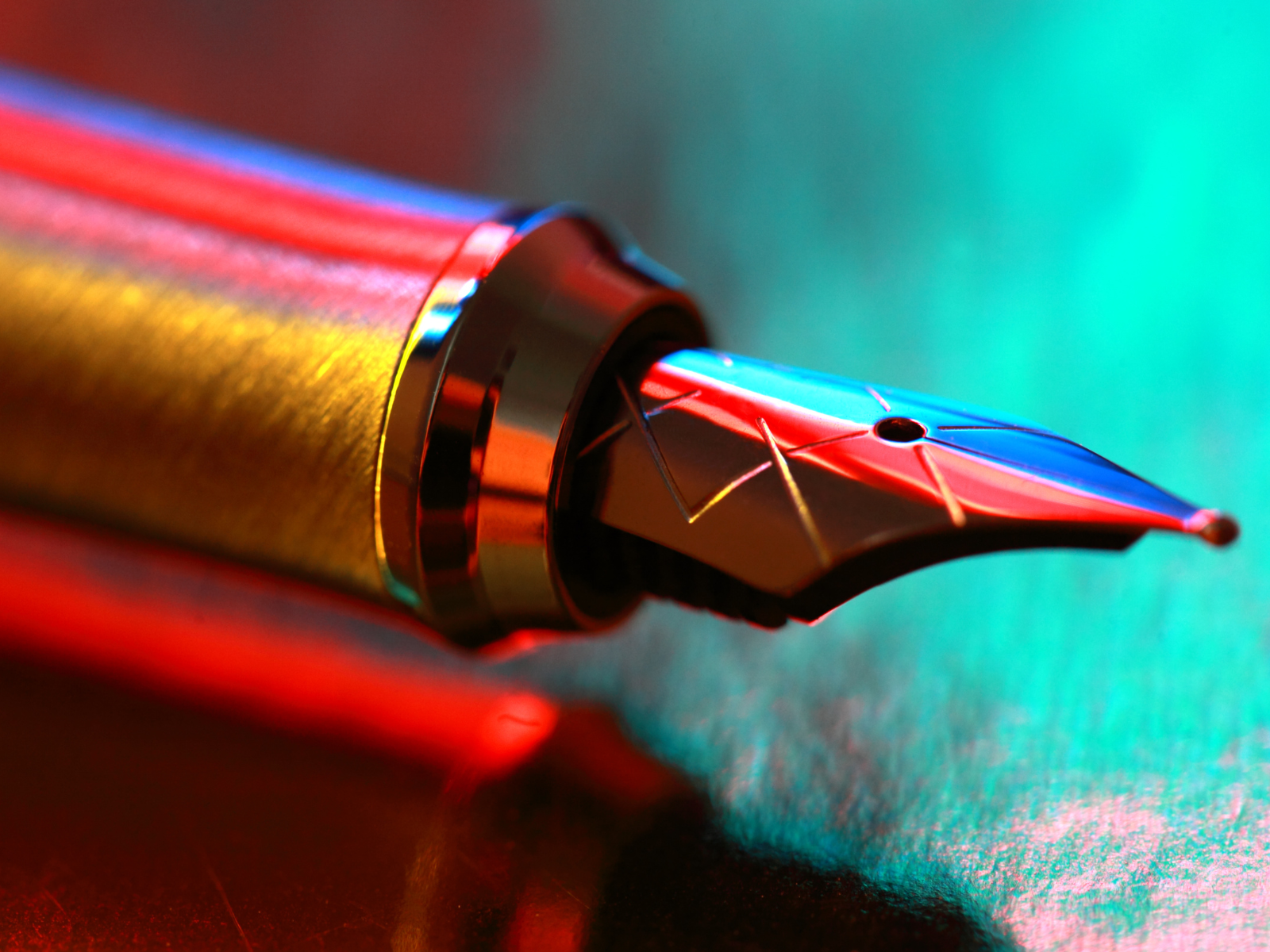
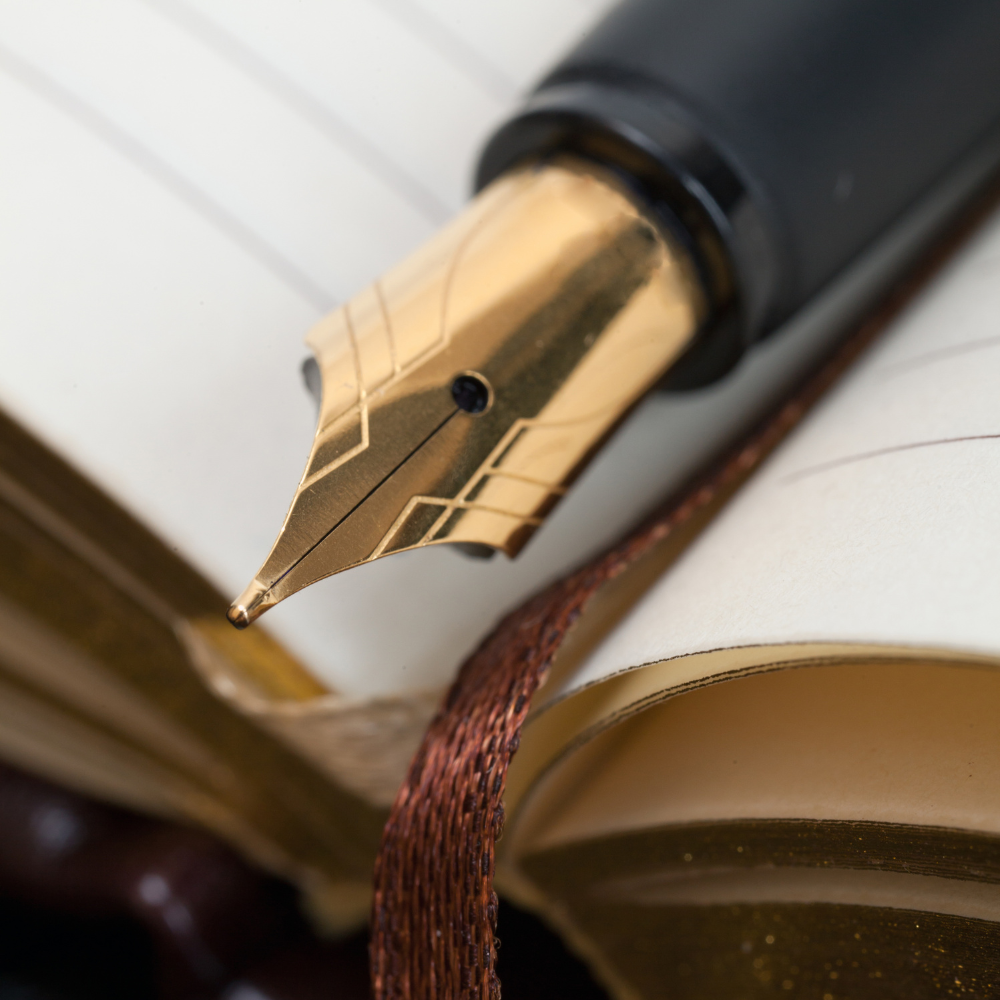
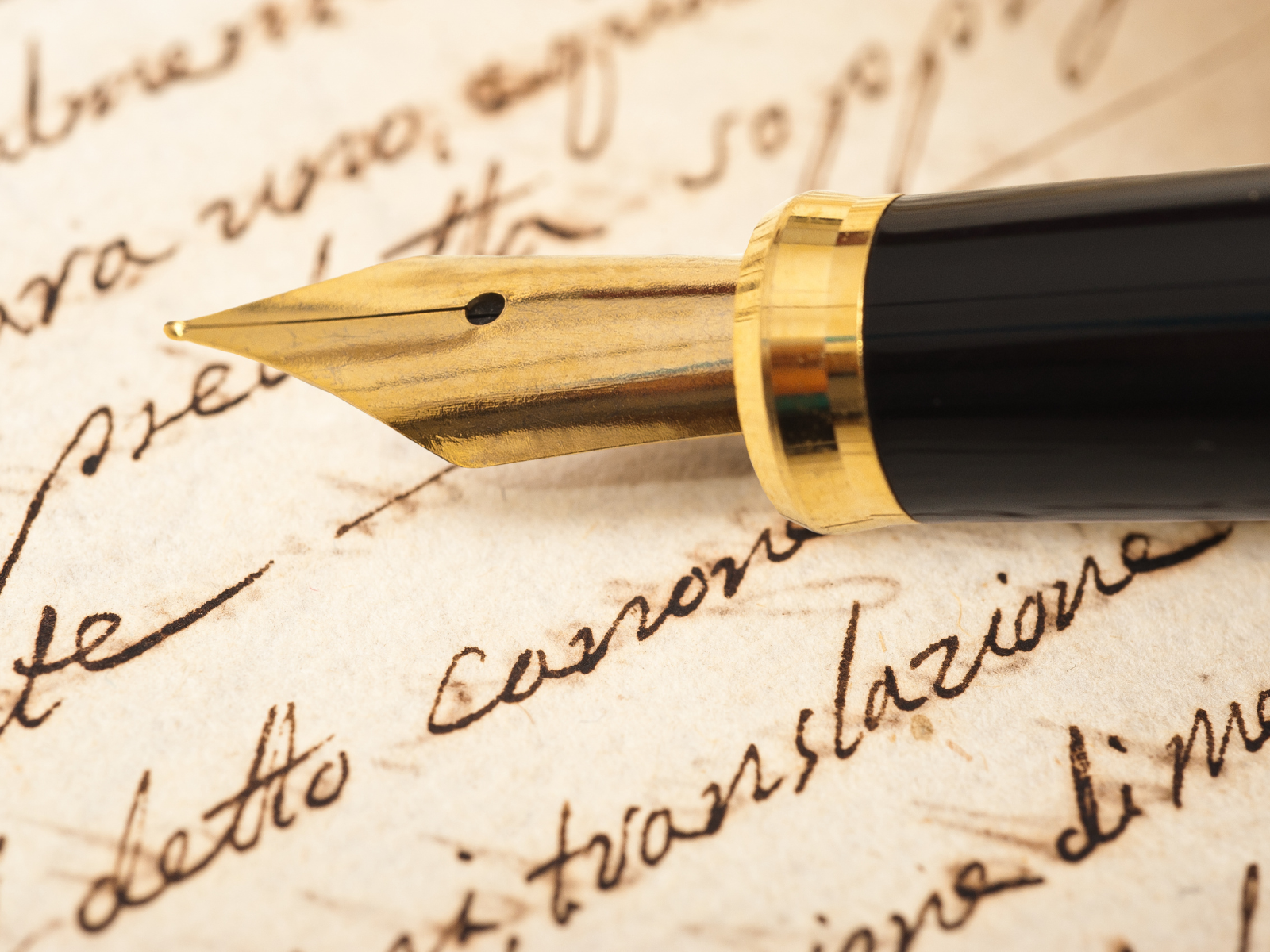
Fountain Pen FAQs
Diving into the world of fountain pens can be as intricate as the art of writing itself.
Whether you're a seasoned aficionado or a curious newcomer, understanding how to maintain and optimize your pen is key to a flawless writing experience.
Below, we've compiled some of the most frequently asked questions about fountain pens, covering everything from maintenance routines to ink selection and the impact of price on performance.
These insights will help ensure that every stroke of your pen is as smooth as silk.
How often should I clean my fountain pen to maintain its smoothness?
Regular cleaning, typically after every 2-3 ink refills, is recommended to maintain the smoothness and prevent clogging, which can affect writing quality.
Can the type of ink I use affect the smoothness of my fountain pen?
Absolutely, the viscosity and quality of ink can greatly influence the smoothness of your writing experience. Higher-quality inks usually provide a smoother flow and better overall performance.
Is a more expensive fountain pen always smoother?
Not necessarily. While higher-priced pens often feature superior craftsmanship and materials, many affordable pens are known for their excellent smoothness. Personal testing is crucial to find what works best for you.

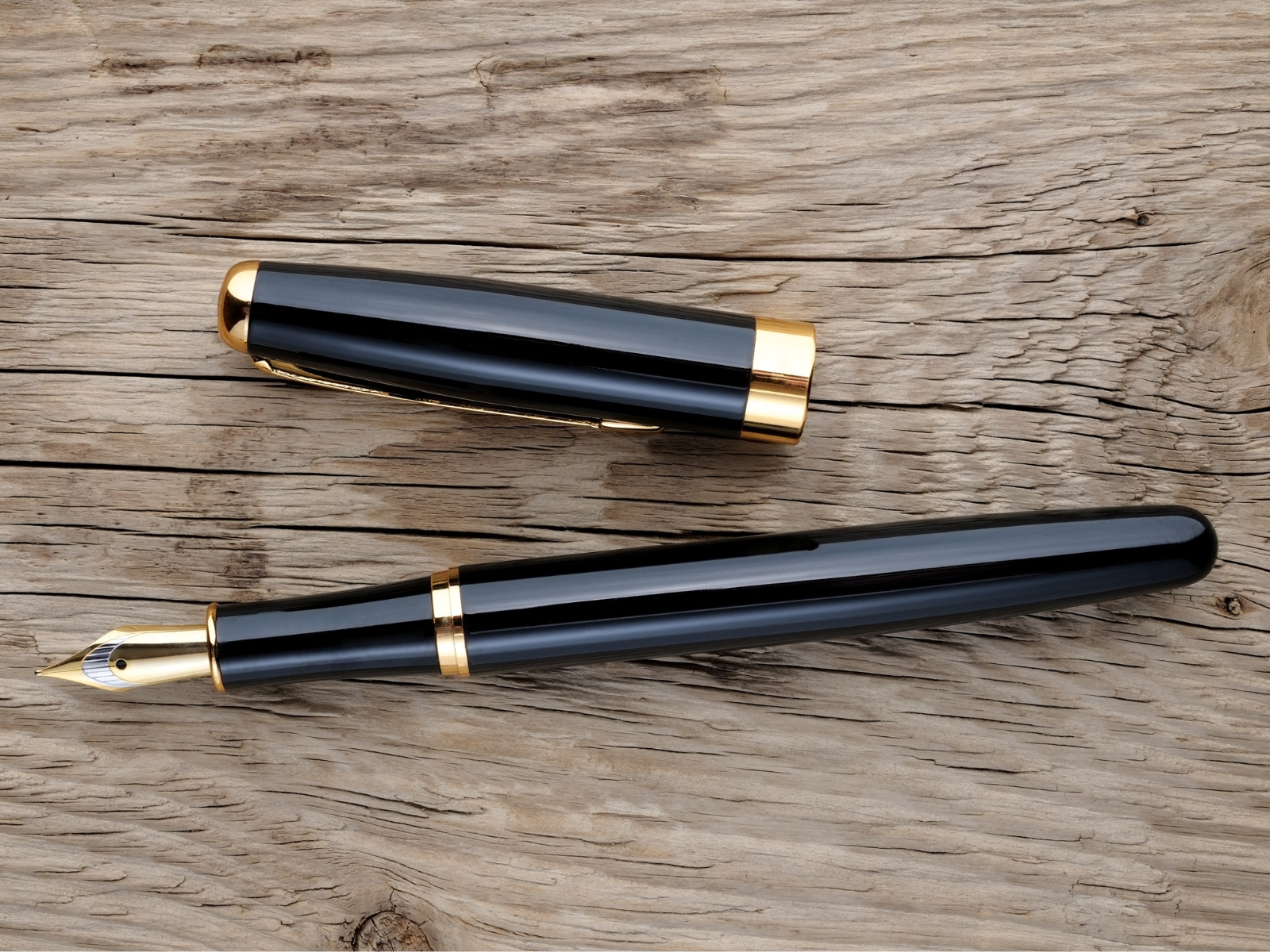

Eager to learn more about smooth pen nibs? Check out The Goulet Pen Company's video!
Want even more content about creativity and art?
Be sure to check out all of our creative chronicles!
Interested in learning more about drawing with pens?
Check out some of our other articles:
-What is better than a fountain pen?
-What is the disadvantage of fountain pens?
-Why no one uses fountain pens
-Why do people like fountain pens so much?
-How many fountain pens should I own?
-Do fountain pens get better with age?

